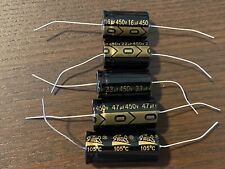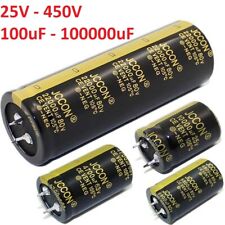
In a first-ever demonstration, UCLA School of Medicine and Caltech researchers have shed new light on how the “mind’s eye” works, uncovering evidence that single neurons — individual cells in the brain — are involved in recalling specific visual images to mind.
The study, published in the Nov. 16 issue of the journal Nature, further defines the role that individual neurons play in the brain during imagery and builds upon previous UCLA findings.
“Our research helps clarify how the mind’s eye works,” said lead author and UCLA neurosurgeon Dr. Itzhak Fried. “Visual images can be generated in our mind’s eye in the absence of actually looking at the image. Our study reveals that the same brain cells that fire when a person looks at a picture of the Mona Lisa are, in fact, the same neurons that excite when that person is asked to imagine the Mona Lisa.”
Researchers implanted the electrodes in areas of the brain involved in memory and social behavior. They recorded impulses from single neurons in the human medial temporal lobe while the subjects were asked to imagine previously viewed images. They found that single neurons in certain areas of the brain – the hippocampus, amygdala, entorhinal cortex and parahippocampal gyrus – selectively altered their firing rates depending on the stimulus the subjects imagined.
A series of images was shown on a monitor and each picture was repeated several times. Subjects viewed images of faces, household objects, spatial layouts, cars, animals, food, drawings and photos of famous people and complex patterns. Subsequently, subjects were asked to imagine previously viewed images.
The researchers found that when patients were imagining the images, the firing rate of the brain cells was almost as high as when the study subjects were actually looking at the photos.
“When you look at something, it’s really vivid and when you close your eyes to imagine it, the image is not so vivid,” said Fried. “So, we were surprised that the brain cells fired at almost the same intensity.”
Of the neurons that fired selectively during both vision and imagery, the majority – 88 percent – had identical selectivity, suggesting that the brain processes incoming visual information and visual recall in a similar manner.
One example of a neuron that showed selective changes in firing rate during vision and visual recall was a neuron in the amygdala portion of the brain that showed an increased firing rate when the subject saw pictures of animals and when she formed mental images of the same pictures, but not during vision or recall of other stimuli like faces.
The researchers observed three different types of selective neurons. Some neurons responded during the processing of incoming visual information, but not during imagery. There also were neurons activated only during visual recall, which may be involved in retrieval mechanisms not associated with vision. Finally, some neurons responded selectively during both vision and imagery.
“Our results provide a rare opportunity to directly observe the activity of the human brain in a pure mental state without visual stimulation from the outside world,” Fried said. “This activity may represent the retrieval of the picture information from memory or the maintenance of the visual image during imagination. The firing of these neurons could represent a correlation common to vision and imagery. Given the prominent role of the medial temporal lobe in memory, it also seems possible that these neurons could be activated during storage of incoming visual inputs, and later reactivated during the mnemonic retrieval process required for imagery.”
These findings build upon previous UCLA research that found evidence that single neurons in the human brain are involved in memory and can respond selectively to a wide variety of facial expressions and emotions. Most recently, Fried and his team found evidence that single neurons in the human brain can differentiate between separate categories of visual images, ranging from animals to caricatures of famous people to photos of celebrities.
“Obviously, the brain listens to the input of millions of neurons during the process of cognition, memory and behavior,” Fried said. “Understanding how this happens is the ultimate goal of brain researchers everywhere. This study in another step in that direction.”

















Comments are closed.